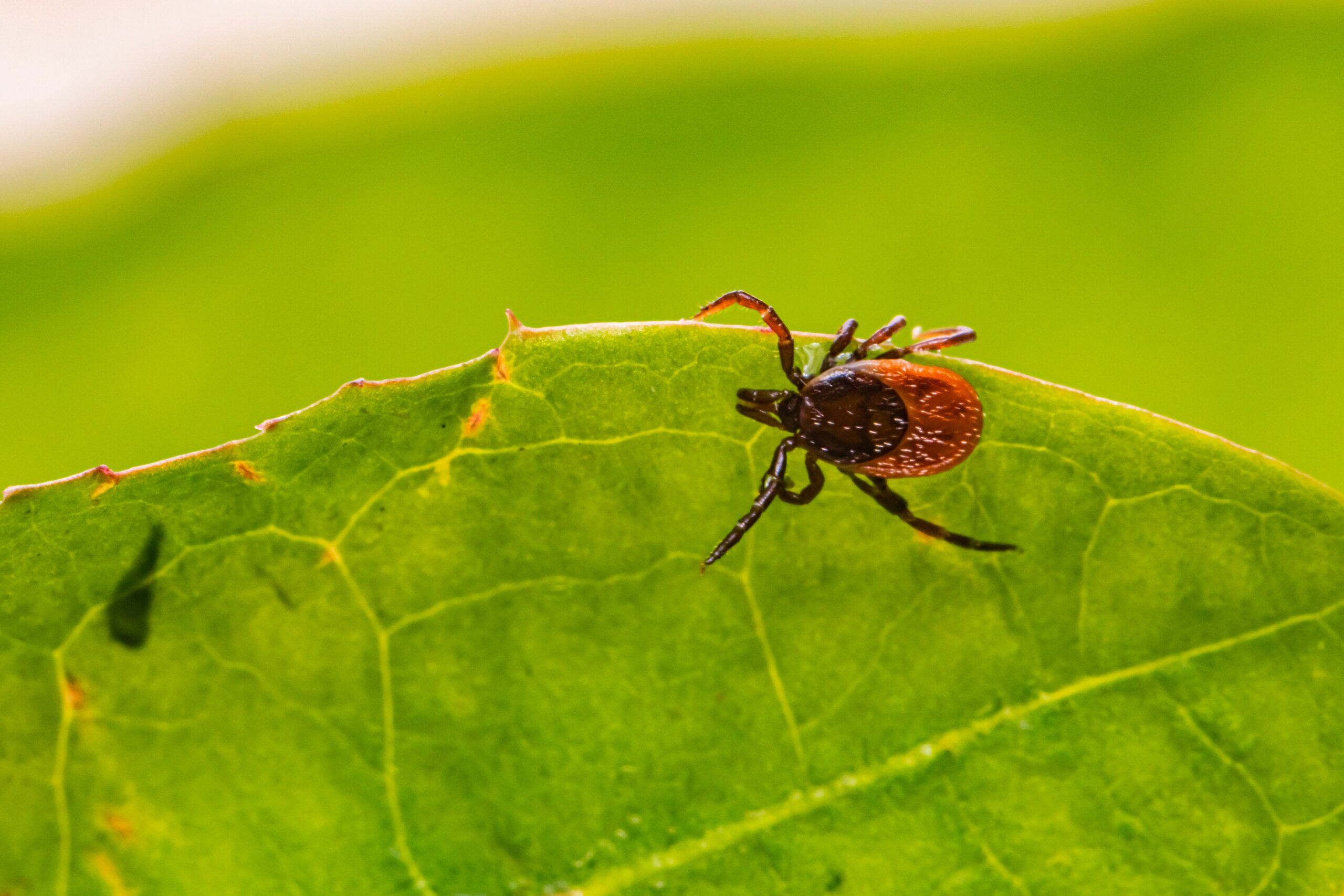Ticks are small, blood-sucking parasites that can carry and transmit diseases to humans and animals. Understanding how ticks spread disease is crucial in preventing and managing these illnesses.
Ticks become infected with disease-causing pathogens by feeding on infected animals, such as mice, birds, deer, or other mammals. Once infected, ticks can transmit these pathogens to humans and animals during subsequent feedings.
Ticks have a unique feeding process that allows them to transmit diseases. When a tick attaches itself to a host, it inserts its mouthparts into the skin and begins to feed on blood. During this process, the tick can transfer pathogens from its salivary glands into the host’s bloodstream.
The transmission of diseases by ticks is not immediate. It typically takes several hours for the pathogens to migrate from the tick’s gut to its salivary glands and then into the host. This delay provides an opportunity for early detection and removal of the tick before transmission occurs.
Ticks are known to transmit a variety of diseases, including Lyme disease, Rocky Mountain spotted fever, babesiosis, and anaplasmosis, among others. The prevalence of these diseases varies depending on the geographic location and the specific type of tick involved.
Preventing tick-borne diseases involves taking precautions when spending time in areas where ticks are commonly found. These precautions include wearing long sleeves and pants, using insect repellents, and conducting regular tick checks after outdoor activities. Prompt removal of ticks can significantly reduce the risk of disease transmission.
In conclusion, ticks spread disease by feeding on infected animals and then transferring pathogens to humans and animals during subsequent feedings. Understanding how ticks transmit diseases is essential in preventing and managing these illnesses. By taking preventative measures and practicing tick removal techniques, individuals can reduce their risk of tick-borne diseases.

I’m MD Tanvir, and I bring years of expertise gained from working closely with pest control companies to the forefront. My journey in the industry has inspired me to launch Bug Battler, a platform aimed at equipping people with the know-how to combat pests autonomously. Through Bug Battler, I aim to empower individuals with practical insights to tackle pest infestations effectively.

